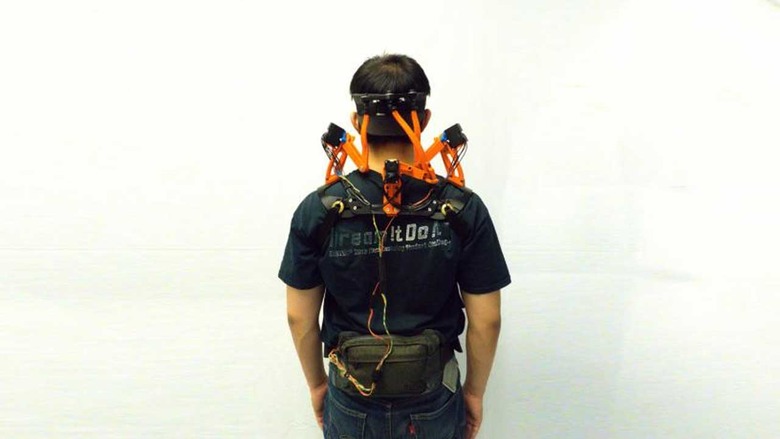Robotic Neck Brace Helps ALS Patients Regain Range Of Motion
Engineers at Columbia University have created a special robotic neck brace that is designed to give ALS patients back their range of motion. The brace is designed to hold the person's head and actively support them through their range of motion. The team says that the neck brace would bring an improved quality of life for the patients and help them to facilitate the use of their eyes as a joystick to control the movement of a cursor on a computer.
The team has created a comfortable and wearable robotic neck brace that has sensors and actuators that adjust the head posture and restores about 70% of the active range of motion of the human head. The brace uses the simultaneous measurement of motion with sensors on the neck brace and surface EMG of the neck muscles.
The team says that the brace shows promise beyond the clinical use for ALS. The brace could also be used for rehab of people who have whiplash neck injuries from car accidents or poor neck control because of neurological diseases like cerebral palsy. The brace can improve the quality of life for the user says the researchers.

A dropped head due to declining neck muscle strength is a hallmark feature of ALS. Eventually, the patients lose head mobility resulting in a chin on chest posture that impairs speech, breathing, and swallowing. Current neck braces become uncomfortable and ineffective as the disease progresses.
The team ran trials of the new neck brace with 11 ALS patients along with ten healthy age-matched subjects. The participants performed single-plane motions of the head and neck that included flexion-extension, lateral bending, and axial rotation. The next research phase will have the team characterizing how active assistance from the neck brace impacts ALS subjects with severe head drop.
